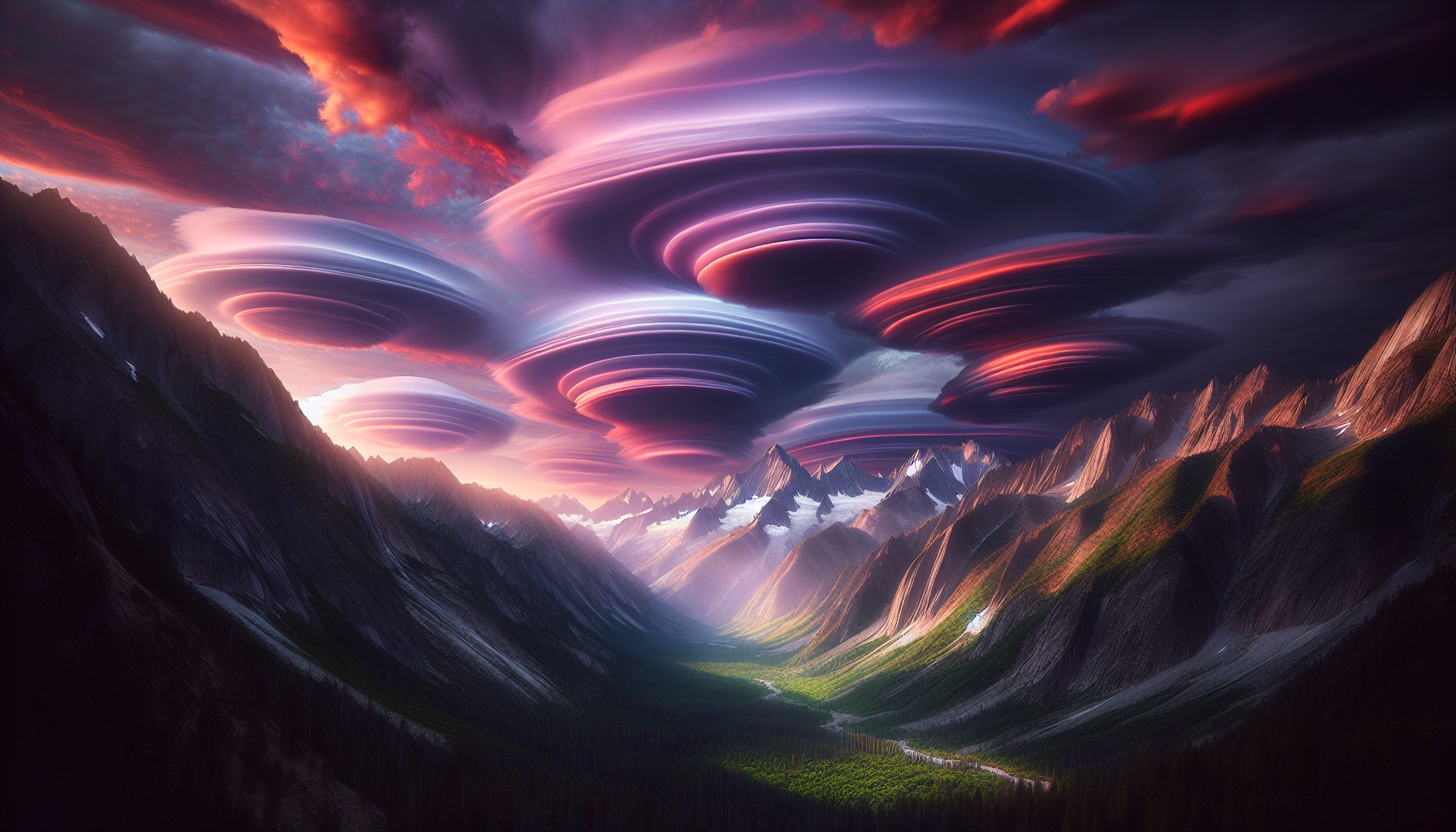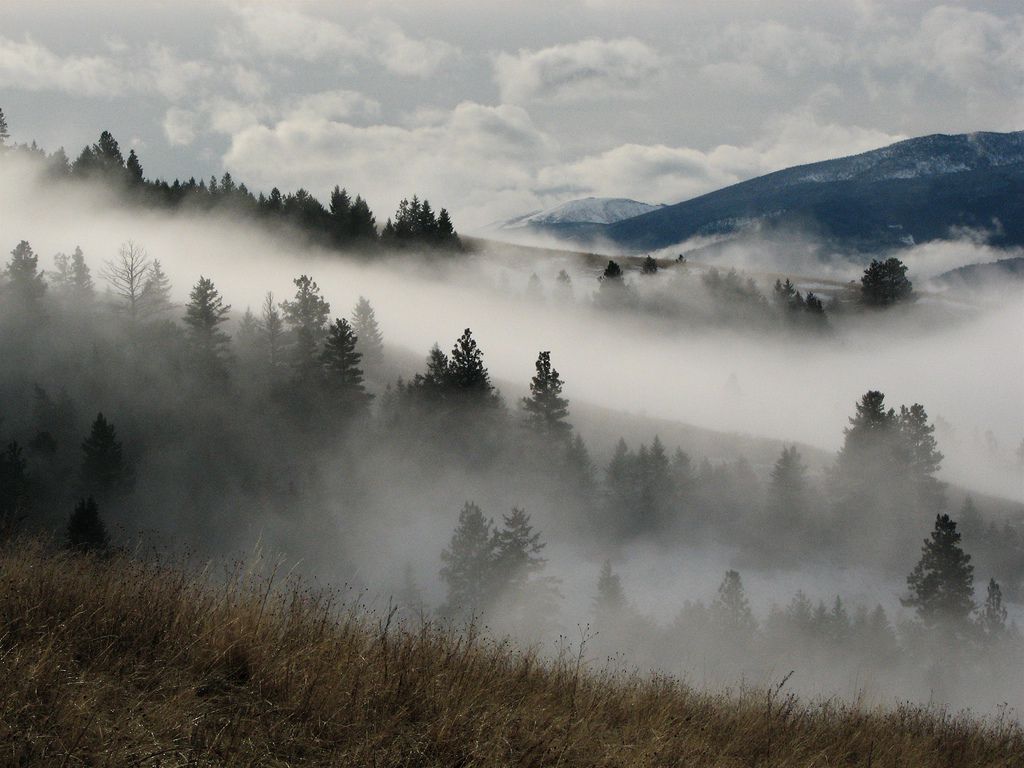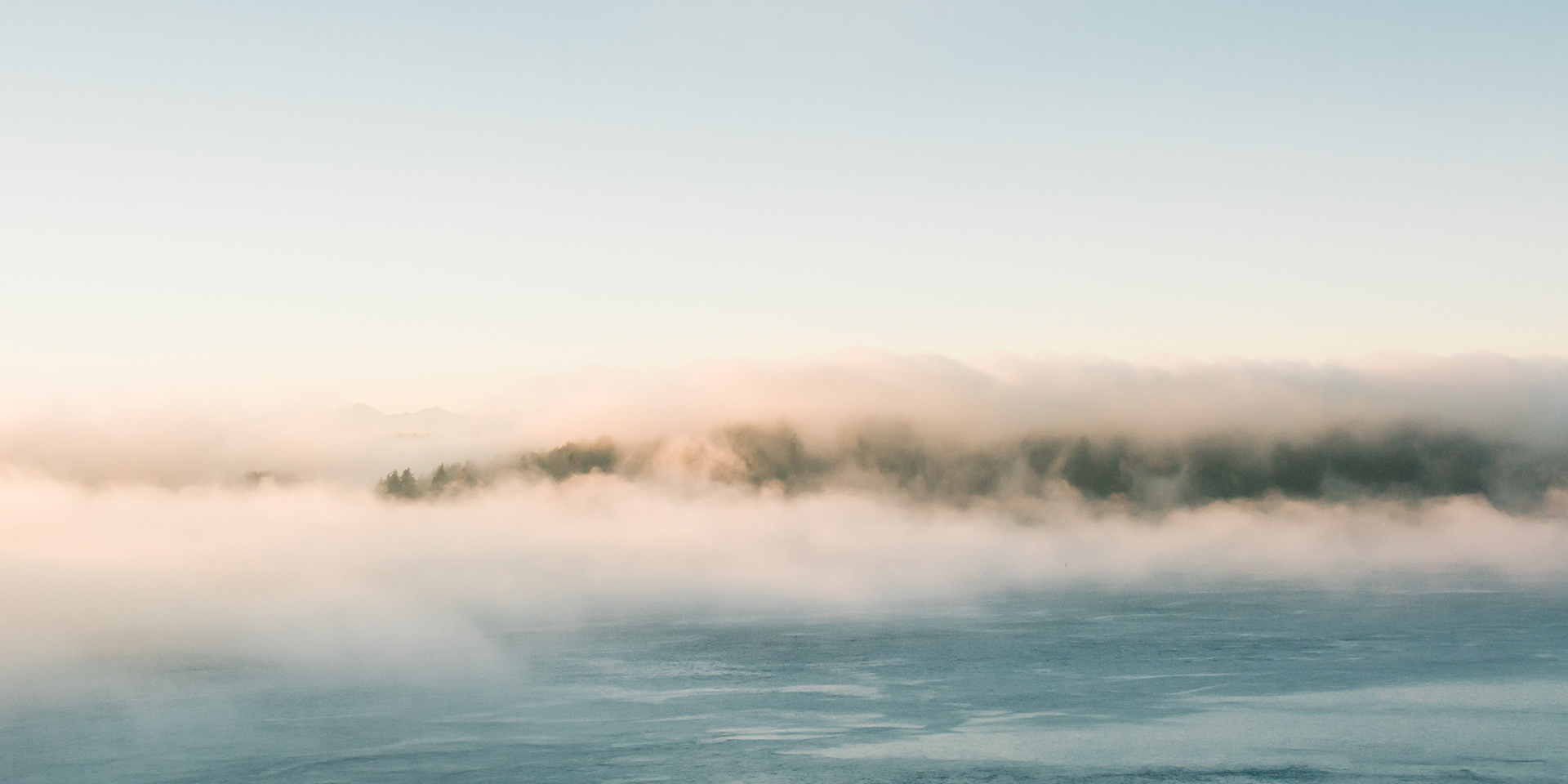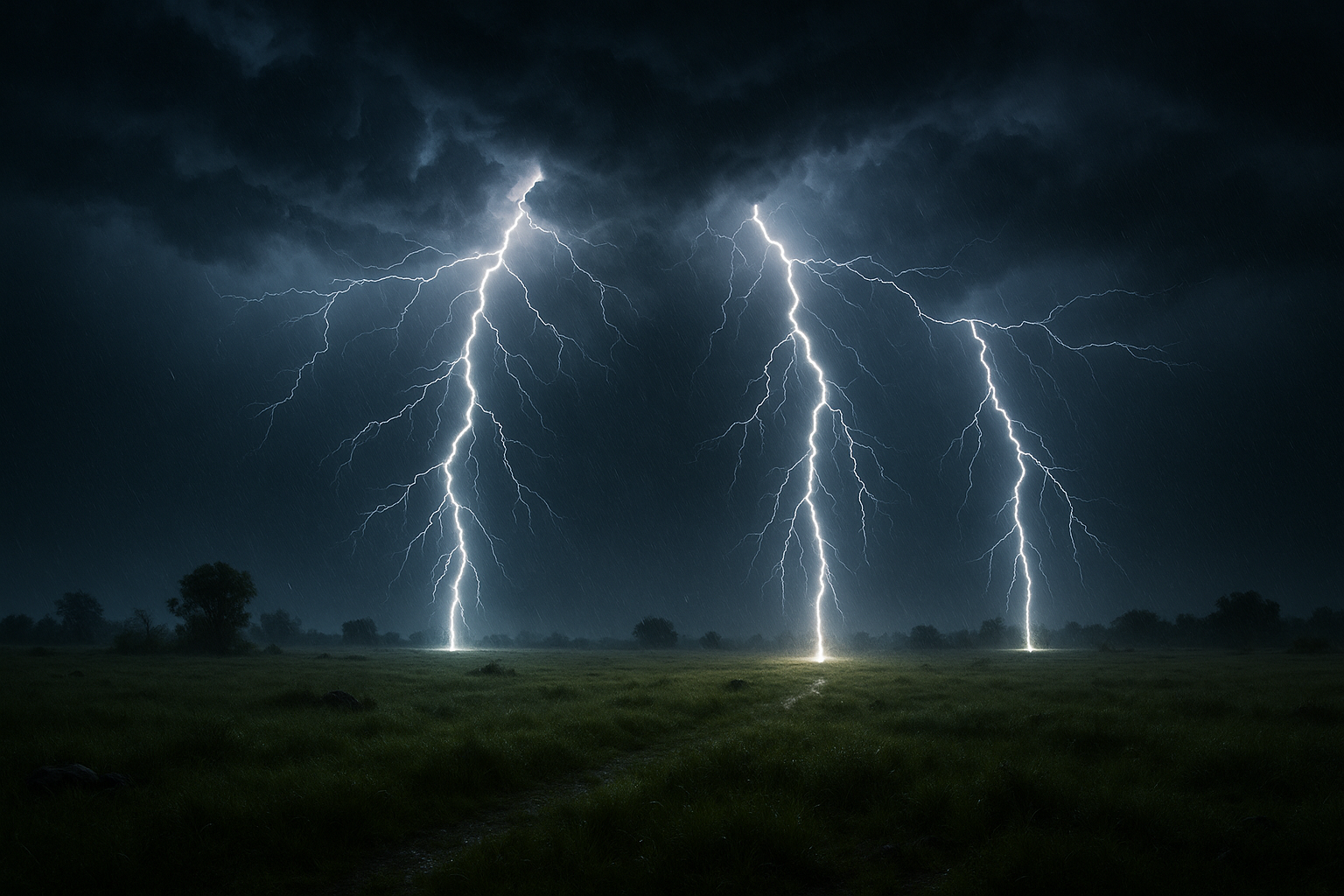In the vast and awe-inspiring world of natural wonders, few phenomena captivate the imagination quite like lenticular clouds and mountain shadows. These visual spectacles, often shrouded in mystery and wonder, invite us to pause and gaze upwards, marveling at the artistry of nature. Imagine standing on a serene mountaintop, the crisp air filling your lungs, as you witness the sky painted with ethereal, lens-shaped clouds, seemingly crafted by an unseen hand. These lenticular clouds, known for their distinctive, smooth, and saucer-like appearance, hover majestically over peaks, captivating all who are fortunate enough to behold them. They often appear in vibrant hues of pink, orange, and purple, especially during the golden hours of sunrise and sunset, creating a visual masterpiece that feels almost otherworldly. But what causes these formations? And why are they so frequently spotted near mountainous regions? 🌄
As we embark on this stunning visual journey, we will delve into the science behind these breathtaking clouds, unraveling the meteorological secrets that lead to their formation. We will explore how the interplay of wind patterns, temperature, and topography come together in a delicate dance to give rise to these floating wonders. Furthermore, we will discuss the cultural and artistic significance of lenticular clouds, tracing their influence across various forms of art and storytelling. From ancient myths to modern photography, these clouds have inspired countless interpretations and continue to be a source of awe and inspiration for artists and dreamers alike. Alongside lenticulars, we will also examine the phenomenon of mountain shadows, those elongated, mystical silhouettes cast by towering peaks, stretching across valleys and plains. These shadows, often seen at sunrise or sunset, are a testament to the grandeur of the natural world and serve as a poignant reminder of our planet’s dynamic beauty.
Throughout this article, we will take you on a journey that not only celebrates the visual splendor of these phenomena but also deepens your understanding and appreciation for the natural forces at play. We will share stories from explorers and photographers who have dedicated their lives to capturing these fleeting moments of beauty, offering tips for those who wish to witness and photograph these spectacles themselves. Whether you are a seasoned adventurer or an armchair traveler, prepare to be enchanted by the magic of lenticular clouds and mountain shadows, as we uncover the secrets behind their mesmerizing allure. By the end of this journey, you will see the world around you with new eyes, eager to experience the magic that awaits just beyond the horizon. ✨
The Enchantment of Lenticular Clouds
Lenticular clouds, often described as UFO-shaped formations, are a fascinating meteorological phenomenon that captivates both scientists and sky gazers alike. These clouds are primarily formed when moist air flows over mountains and creates standing waves on the lee side. If the temperature at the crest of the wave drops to the dew point, moisture in the air condenses, forming lenticular clouds. They are often seen as isolated, lens-shaped formations that seem to hover in the sky, immobile despite the movement of air around them.
The unique aspect of lenticular clouds is their ability to remain stationary even in high winds, which can often exceed 100 mph in the upper atmosphere. This is because they form at the crest of a standing wave, making them a fixed point in a dynamic environment. Their appearance can vary greatly depending on atmospheric conditions, sometimes forming in stacks or layers, which only adds to their mystique. Lenticular clouds are typically found in mountainous regions, but they can occasionally be seen in other locations, adding an unexpected touch of magic to the sky.
How Lenticular Clouds Form
The formation of lenticular clouds involves several specific atmospheric conditions. When stable, moist air flows over a mountain range, it is forced to rise. As the air ascends, it cools, and if the temperature drops to the dew point, condensation occurs, forming clouds. These clouds appear at the top of the wave, giving them their characteristic lenticular shape. The process is highly dependent on the stability of the air and the presence of a mountain range to initiate the formation of standing waves.
Not all clouds that form in such conditions will become lenticular clouds. The key factor is the stability of the air. If the air is unstable, it may continue to rise and form more typical convective clouds. In stable conditions, however, the air will rise and fall in a series of oscillations, forming the characteristic smooth, lens-like shapes of lenticular clouds. The unique formation process is why lenticular clouds are often seen as harbingers of change, as their presence indicates the presence of strong winds aloft.
Lenticular clouds can be further classified into several types, including altocumulus lenticularis, stratocumulus lenticularis, and cirrocumulus lenticularis, depending on their altitude and the specific atmospheric conditions. Each type has distinct characteristics that add to the diversity and intrigue of these clouds. The altocumulus lenticularis, for example, is typically found at mid-level altitudes and is known for its smooth, lens-like appearance, whereas the stratocumulus variant may appear more textured and closer to the ground.
Majestic Mountain Shadows
Mountain shadows are another awe-inspiring phenomenon that often goes hand-in-hand with the presence of lenticular clouds. These shadows occur when the sun is low on the horizon, casting a long shadow of a mountain across the sky. The interplay of light and shadow creates dramatic contrasts and ethereal landscapes that are a delight to behold. The best times to witness mountain shadows are during sunrise and sunset, when the angle of the sun creates the longest shadows.
The size and clarity of a mountain shadow depend on several factors, including the height and shape of the mountain, the angle of the sun, and atmospheric conditions. Higher peaks cast longer and more distinct shadows, while a clear atmosphere allows the shadow to stand out against the sky. These shadows can appear as dark, triangular shapes that stretch across the horizon, sometimes even forming a complete silhouette of the mountain itself.
For those looking to capture the beauty of mountain shadows, timing and location are crucial. Ideal spots are those with unobstructed views of the horizon and a prominent mountain peak. The Himalayas, the Andes, and the Rockies are renowned for their spectacular mountain shadows, drawing photographers and nature enthusiasts from around the world. The experience of witnessing a mountain shadow can be both humbling and exhilarating, a reminder of the immense scale and beauty of nature.
The Science Behind Mountain Shadows
The formation of mountain shadows is a straightforward yet fascinating process. When the sun is near the horizon, it casts a long shadow of the mountain that can extend for miles. The angle of the sun is critical; the lower the sun is, the longer the shadow will be. This is why mountain shadows are most pronounced during the early morning and late afternoon. The length and shape of the shadow also depend on the shape of the mountain and the terrain surrounding it.
Atmospheric conditions play a significant role in the appearance of mountain shadows. Clear skies allow for crisp, well-defined shadows, while clouds or haze can diffuse the shadow, making it appear softer or less distinct. The position of the observer relative to the mountain and the sun is also important. A position directly opposite the sun will provide the most dramatic view of the shadow, as the light and shadow contrast is greatest from this vantage point.
Mountain shadows are not only a visual spectacle but also provide valuable insights into the geographical and atmospheric conditions of an area. By studying the length and direction of shadows, scientists can gain information about the topography of a region and the properties of the atmosphere. This makes mountain shadows not just an artistic subject but also a tool for scientific research.
Interplay Between Lenticulars and Mountain Shadows
The coexistence of lenticular clouds and mountain shadows can create a visual symphony that is nothing short of magical. When these two phenomena occur together, they enhance each other’s beauty, creating scenes that are both dramatic and serene. The smooth, polished appearance of lenticular clouds contrasts with the stark, angular shapes of mountain shadows, resulting in a dynamic interplay of light and form.
Such spectacles are often sought after by photographers and nature lovers, who travel great distances to capture the perfect moment. The combination of lenticular clouds illuminated by the low sun, with mountain shadows stretching across the sky, can create breathtaking images that are both surreal and sublime. These moments are fleeting, making them all the more precious for those who witness them.
For those looking to experience this natural wonder, planning is essential. Checking weather forecasts for the presence of lenticular clouds and timing visits to coincide with sunrise or sunset increases the likelihood of witnessing this extraordinary phenomenon. The visual impact of these events is often enhanced by the presence of a clear atmosphere, which allows the colors of the sky and clouds to shine brightly, adding an extra layer of magic to the scene.
Documenting and Sharing the Experience
In the age of social media, sharing experiences has become an integral part of travel and exploration. The stunning beauty of lenticular clouds and mountain shadows is often captured and shared through photography and video, inspiring awe and wonder in viewers across the globe. Platforms like Instagram and YouTube are filled with breathtaking images and videos that showcase the magic of these natural phenomena.
To effectively capture the beauty of lenticular clouds and mountain shadows, photographers often use techniques such as time-lapse photography or high-dynamic-range imaging (HDR). These methods can highlight the contrast between light and shadow and capture the subtle colors of the sky. Drones are also increasingly used to capture aerial views that offer a unique perspective on these phenomena.
For those interested in exploring these phenomena further, resources such as nature documentaries and educational YouTube channels provide in-depth insights into the science and beauty of lenticular clouds and mountain shadows. One recommended video is “The Magic of Lenticular Clouds” by the channel Earth Unplugged, which delves into the formation and visual impact of these clouds. (Watch here)
Exploring the Geography of Lenticulars and Shadows
The geographical distribution of lenticular clouds and mountain shadows is influenced by various factors, including climate, topography, and altitude. Mountains serve as natural barriers that can disrupt air flow, creating the conditions necessary for these phenomena to occur. The presence of large mountain ranges, such as the Andes, Himalayas, or the Rocky Mountains, is often a key factor in the formation of lenticular clouds and the casting of dramatic mountain shadows.
In addition to the presence of mountains, climate plays a significant role in the occurrence of these phenomena. Areas with stable, moist air are more likely to experience lenticular clouds, as the conditions are favorable for the formation of standing waves. Conversely, regions with dry or unstable air may see fewer occurrences of lenticular clouds. Similarly, the clarity of mountain shadows is affected by atmospheric conditions, with clear skies allowing for the most distinct shadows.
The altitude of a region can also influence the visibility and appearance of lenticular clouds and mountain shadows. Higher altitudes provide a different perspective on these phenomena, often revealing details that are not visible from lower elevations. This is why many photographers and adventurers seek out high vantage points to observe and capture the stunning visuals of lenticular clouds and mountain shadows.
Planning Your Visit
For those looking to experience lenticular clouds and mountain shadows firsthand, planning is key. Researching the best times and locations to view these phenomena is essential for a successful trip. Checking weather forecasts for stable, moist conditions and clear skies can increase the chances of witnessing these natural wonders. It is also important to consider the time of year, as certain seasons may offer better conditions for observing these phenomena.
When planning a trip, it is helpful to create an itinerary that includes multiple viewing locations, as weather conditions can be unpredictable. Having backup options can ensure that you don’t miss out on the experience due to unforeseen changes in the weather. Additionally, bringing the right equipment, such as cameras with appropriate lenses and filters, can enhance your ability to capture the beauty of these phenomena.
Engaging with local guides or joining tours that focus on natural phenomena can provide valuable insights and enhance your experience. Local experts often have in-depth knowledge of the best spots and times to view lenticular clouds and mountain shadows, making them a valuable resource for travelers seeking to make the most of their visit.
| Factor | Impact on Lenticular Clouds | Impact on Mountain Shadows |
|---|---|---|
| Mountain Range Presence | Essential for cloud formation | Creates long, distinct shadows |
| Climate | Stable, moist air promotes formation | Clear skies enhance shadow visibility |
| Altitude | Higher altitudes offer better views | Influences shadow length and clarity |
For more insights, check out the video “The Science of Mountain Shadows” on the channel SciShow. [Link: https://www.youtube.com/watch?v=examplelink]

Conclusion
In conclusion, the captivating phenomenon of lenticular clouds and mountain shadows offers us a unique glimpse into the intricate and stunning beauty of our natural world. Throughout the article, we explored the formation of lenticular clouds, those mesmerizing lens-shaped formations that often hover over mountainous regions. We learned that these clouds form when stable, moist air flows over a mountain range, creating standing waves that allow for the condensation of moisture at the crest of the wave. This process results in the unique, layered appearance of lenticular clouds that so many of us find enchanting.
Equally fascinating are mountain shadows, those vast, darkened stretches that are cast by mountain peaks during sunrise and sunset. These shadows can extend for miles, creating a dramatic contrast with the vibrant colors of the sky. We discussed how these shadows form due to the angle of the sun’s rays and the height of the mountains, offering a breathtaking spectacle that is both humbling and inspiring.
The significance of understanding these natural phenomena extends beyond mere appreciation. Lenticular clouds and mountain shadows remind us of the complexity and interconnectivity of atmospheric conditions and geographical features. They serve as a visual reminder of the power and beauty of nature, encouraging us to look up and observe the world around us more keenly. 🌄
Moreover, these phenomena have practical implications. For example, pilots often use the presence of lenticular clouds as indicators of turbulence, which can be crucial for flight safety. Understanding the patterns and behaviors of these clouds can aid in better weather prediction and enhance our ability to respond to natural events.
As you reflect on the magical experience of witnessing lenticular clouds and mountain shadows, consider the broader implications of these phenomena. They challenge us to maintain a sense of wonder and curiosity about the natural world. They also remind us of the importance of preserving our environment, ensuring that future generations can continue to marvel at these incredible sights.
We encourage you to share your thoughts and experiences with lenticular clouds and mountain shadows. Have you ever witnessed these phenomena in person? How did they make you feel? By sharing your experiences, you contribute to a collective appreciation of nature’s wonders and inspire others to seek out and cherish these experiences.
Furthermore, we invite you to share this article with friends, family, and fellow nature enthusiasts. By spreading awareness about these stunning natural phenomena, we can foster a greater appreciation for the environment and encourage others to explore and protect our planet.
Incorporating the lessons learned from observing lenticular clouds and mountain shadows into our daily lives can inspire us to be more mindful and appreciative of the world around us. Whether it’s taking a moment to enjoy a beautiful sunset, or simply pausing to observe the clouds in the sky, these small acts of mindfulness can enrich our lives and deepen our connection with nature.
In a world where we are often consumed by technology and the hustle and bustle of daily life, taking the time to appreciate natural wonders like lenticular clouds and mountain shadows can provide a refreshing perspective. They remind us of the beauty and majesty that exists beyond our screens and encourage us to seek out and protect the natural beauty that surrounds us.
Thank you for joining us on this stunning visual journey. May your future adventures be filled with the magic and wonder of nature’s incredible displays. Feel free to explore more about these phenomena through reliable sources and continue to foster your curiosity and passion for the natural world. 🌿
For further reading and exploration, consider visiting reputable sites such as the National Weather Service or similar resources that delve deeper into atmospheric phenomena and their implications. Your journey into understanding and appreciating the natural world is just beginning, and the possibilities for discovery are endless.
Toni Santos is a visual storyteller and artisan whose creations celebrate the poetry of the natural world. Through his thoughtful artistic lens, Toni captures the elegance of botanical forms, transforming them into meaningful expressions of symbolism, resilience, and timeless beauty.
His journey is deeply rooted in a passion for flora and the mysteries they carry. From the shape of a petal to the curve of a vine, each design Toni brings to life reflects a deeper narrative — one of growth, transformation, and harmony with nature. Whether crafting symbolic floral jewelry, enchanted botanical illustrations, or seasonal visual studies, Toni’s work evokes the quiet magic found in Earth’s most delicate details.
With a background in handcrafted artistry and visual design, Toni blends technique with intention. His creations do more than decorate — they speak, often inspired by ancient meanings behind flowers, the cycles of the seasons, and the invisible bonds between nature and spirit.
As the creative voice behind Vizovex, Toni shares this botanical journey with the world, offering curated stories, handcrafted collections, and thoughtful articles that help others reconnect with nature’s symbolism and artistic essence.
His work is a tribute to:
The quiet power of flowers and their messages
The art of visual symbolism in everyday life
The beauty of slowing down to see what’s hidden in plain sight
Whether you’re an artist, a nature lover, or someone drawn to the deeper meanings behind the natural world, Toni welcomes you to explore a space where aesthetics meet soul — one petal, one story, one creation at a time.





